
Almost every other day, Google initiates changes to its ranking algorithm. Some of them are merely tugs and others seriously shake up the SERPs.
Recent research statistics show that Google is the most popular search engine worldwide with a tremendous 81.5% market share. To target the largest amount of people, every business with an online presence should prioritize Google.
SEO (search engine optimisation) algorithms are an ever-adapting series of complicated processes involving ranking keywords, key phrases, link networks, load times, and many other things that are kept a secret from the public.
Keeping a well-maintained website complete with a unique, well-focused content marketing strategy is essential, but sometimes this maintenance is just not enough unless you’ve been keeping up with the latest SEO trends released by Google.
Impact of the continuously changing Google Algorithm
If you’ve noticed a change in your website’s traffic or search engine ranking on Google, a neoteric Google algorithm update is likely the cause. Google makes thousands of changes to its algorithm and, in most cases, they do not announce the update or what has been changed. SEO experts will generally take note of these algorithm updates when there is a significant shift. Google confirmed the update after receiving questions about the changes online.
When Google updates its algorithm, the updates or changes can either hurt or help your website’s:
- Search ranking and visibility
- Organic search traffic
- Conversions
- Return on investment (ROI)
- Revenue
Most online businesses think of changes in the algorithm as a way that Google punishes websites. But, in reality, algorithms are a way to reward websites for offering a good user experience and relevant content.
Striking Google Algorithm Updates
Most of the Google algorithm updates that impact SEO strategy falls under these categories:
PageRank: (Search Engine Web Page Ranking)
PageRank is an algorithm that computes the link votes of a page from distinct sources. Google uses PageRank and the page rank formula to determine which pages are more valuable and which are less so. Google employs the PageRank algorithm to find pages that are both relevant and essential to your search.
Caffeine: (Web Indexing System)
Caffeine is a web indexing system through which Google provides 50% fresher search results than the earlier indexing system. Google announced the Caffeine update to reconfigure the search engine with the intent of greater speed, better indexing, and more relevant search results. Recent Caffeine updates led Google to faster indexing, meaning users get fresh and quick updates along with improved keyword relevancy following any web changes.
Panda: (Content Quality)
This is a technology designed to filter content. Following the algorithm upgrades, Google aimed and blocked low-quality content sites for a better search experience. To cope with this Google algorithm update, you need to focus on content quality that is unique, fresh, and captivating.
Penguin: (Improve Link Quality)
Google’s Penguin update affected sites using prohibited digital marketing SEO strategies such as keyword stuffing and improper link building. Penguin penalized those immoral pages by decreasing their rank. Google recommended that website owners use ethical link building and proper anchor text instead of worrying about Penguin updates.
Hummingbird: (Optimising Search Query)
The Google Hummingbird update was implemented to focus on keyword phrases accurately. Following the update, semantics plays an immense role in creating content, giving visibility to those pages with high-quality and original content.

Get weekly insights for revenue-shifting results
Sign up for our newsletter and be the first one to know about our exclusive offers, digital marketing news and updates.
|
|
Thank you for Signing Up |


RankBrain: (Sorting Live Search Results)
An improved version of the Hummingbird update is RankBrain, an AI program that assists Google in precisely processing search results. The Google RankBrain algorithm update involved a section of Google’s overall search algorithm that is used to find pages relevant to particular keywords.
How to Keep Ranking High on Google in 2019
Almost no customer is patient enough to scan the results on the third page of Google, which means some will never come across the websites listed there. This is equivalent to losing target customers to competitors. Therefore, all businesses should prioritize ranking as high on Google as possible to attract potential customers.
While we cannot be sure what the next Google algorithm update will bring, you can count on these tips to keep your ranking stable throughout the year.
1. Check Your Site’s Speed on All Devices:
Google has been including website speed as an SEO ranking factor since 2010. Almost 50% of web users expect a site to load in 2 seconds, with several renouncing the site if it fails to load in 3. This shows that people are impatient. Examine how swiftly your website loads in different browsers and on other devices. If your site takes too long to load, take steps to speed it up.
2. Secure Your Site with HTTPS
Shift from HTTP to HTTPS. It provides a safe and secure experience for your site visitors.
In addition to enhancing the security of your site, HTTPS also has several SEO advantages. In 2015, Google stated that HTTPS can break the tie between two equal search results, i.e. if your site is similar to your competitor’s site in terms of title tags, speed, content freshness, etc. but their website is HTTPS and yours isn’t, Google will most likely rank theirs ahead of yours. Do not take this chance, turn your website to HTTPS with these steps.
3. Optimize the Mobile Responsiveness of Your Site
Responsive web design is crucial and Google approves of it. In 2015, Google rolled out several mobile-friendly updates as a signal for high ranking in Google SERPs. Simply put, your site needs to be user-friendly on all smart devices. To see the effective growth of your business in Google’s SERPs, a responsive site is a must on your SEO strategy list. Make a habit of testing your website on mobile to ensure it works well.
4. Improve Traffic and Engagement Metrics
In terms of SEO, user engagement is a measurement of the amount of time a user spends on your site. Your pages that fetch the most traffic and people tend to stay on for the longest time should show you what your audience responds to, and the pages that have high bounce rates will warn you that something is not working. If that is the case, there are a few things you can work on to improve traffic and engagement metrics to boost your website’s ranking in Google.
5. Focus on the User Experience of Your Website
User experience plays a crucial role in SEO, lead generation and conversion efforts. Focusing on having a deep understanding of users and what they expect and value as well as their abilities and limitations can take customers to the next step in their buyer’s journey. So, if you have not thoughtfully considered this factor, it’s time. For strategies to attain a high-user experience, give this link a good read.
6. Create Engaging and Valuable Content
Devote time and resources to creating relevant, engaging, and compelling content for your website. It is as simple as that. Here are some tips to help you generate compelling content for your business. Use the information you gain from your website analytics to boost your SEO strategy and keep the content audience-focused.
We know that we cannot predict the future, but we can surely learn from the past month’s Google updates about how to better prepare for upcoming changes in the Google algorithm. Ensure your SEO trends for 2019 reflect the recent Google algorithm updates and plan your SEO strategy with these updates in mind to develop an effective digital marketing strategy. And keep an eye out for new ones that occur in the coming weeks and months!
In search for strategic sessions?
Let us understand your business thoroughly and help you
strategies your digital product.
It's time to call your business-
a brand!
Australian Owned Agency
Save Time and Money
Unbeatable Value
Where Work Gets Done

free Ecommerce SEO guide for Higher Sales & Conversion



THE ULTIMATE MARKETING GUIDE FOR LAWYERS



Youtube Ads Guide How to Advertise on Youtube



free Ecommerce SEO guide for Higher Sales & Conversion


It's time to call your business-
a brand!
Australian Owned Agency
Save Time and Money
Unbeatable Value
Where Work Gets Done


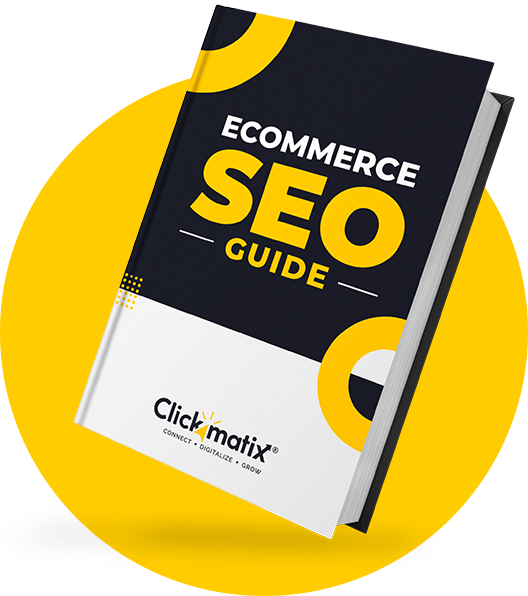
The Game-Changing Ecommerce SEO Guide That Will Blow Your Mind & Sales
With this Ecommerce SEO Guide, you'll be able to:
- Develop a Ecommerce SEO strategy.
- Build a content marketing strategy that aligns with your business goals.
- Convert your website visitors into paying customers.



Youtube ads guide how to advertise on youtube
With this Youtube ads Guide, you'll be able to:
- Develop a Youtube ads strategy.
- Build a type of ads of your own that aligns with your business goals.
- Generate revenue from youtube ads.
It's time to call your business-
a brand!
Australian Owned Agency
Save Time and Money
Unbeatable Value
Where Work Gets Done








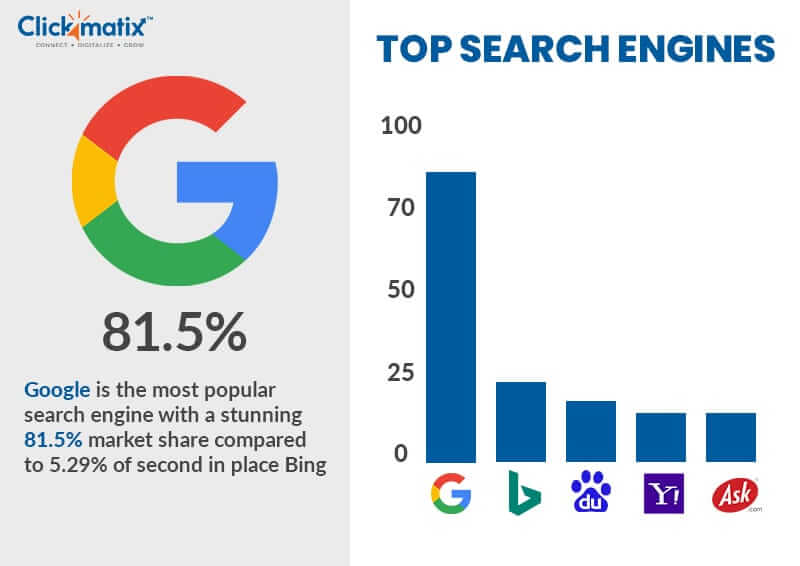
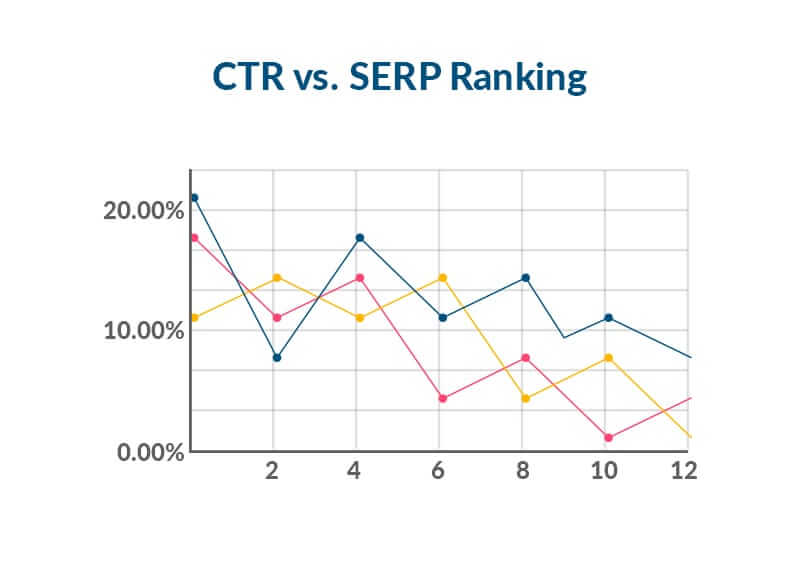
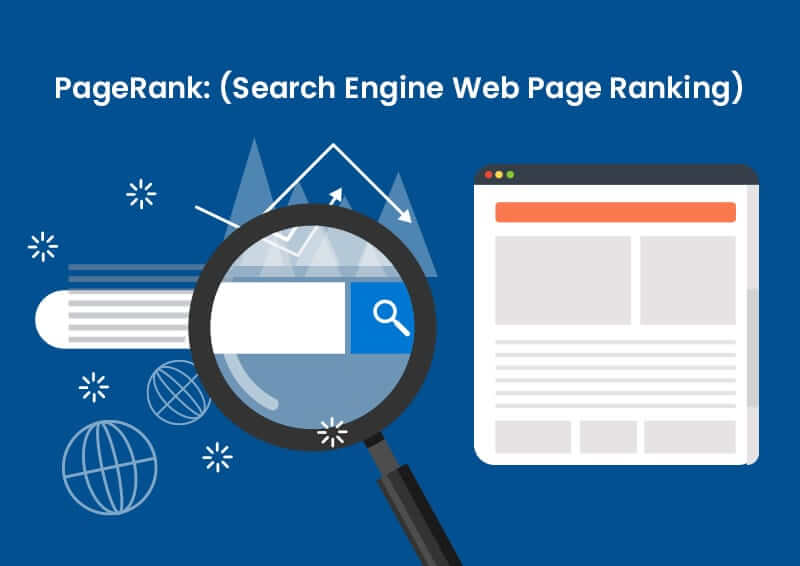
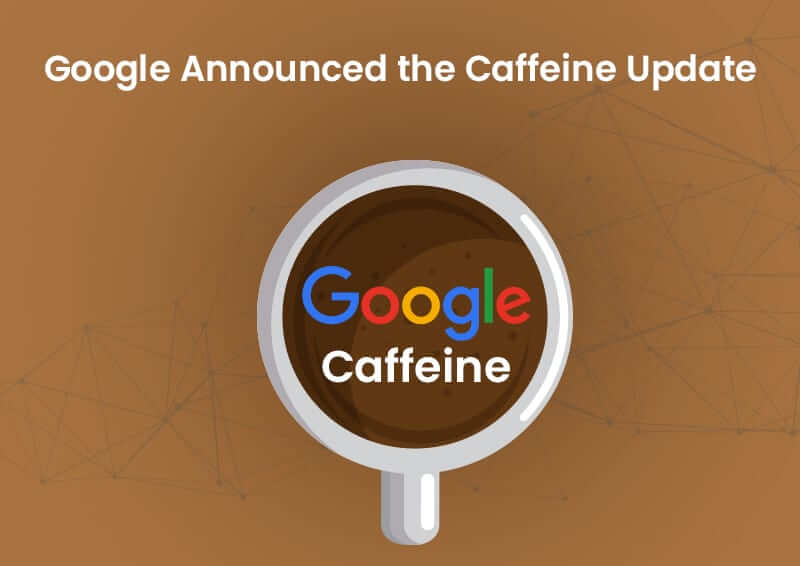
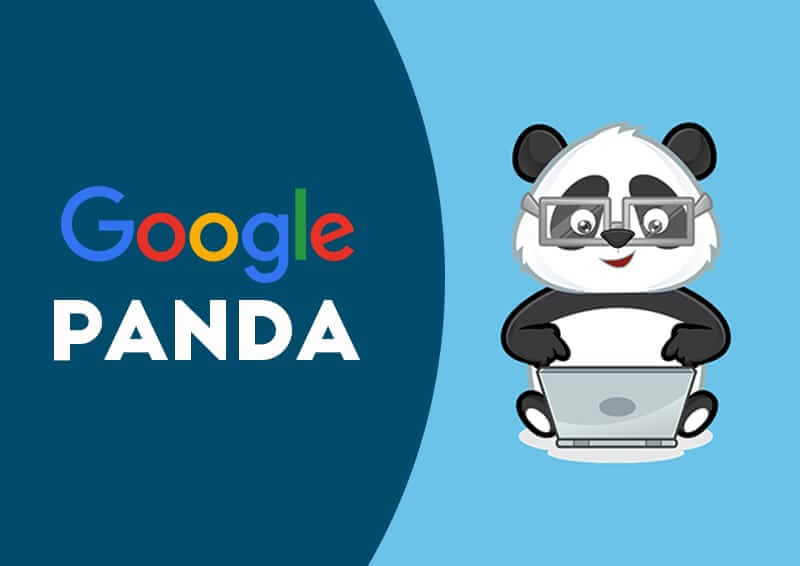
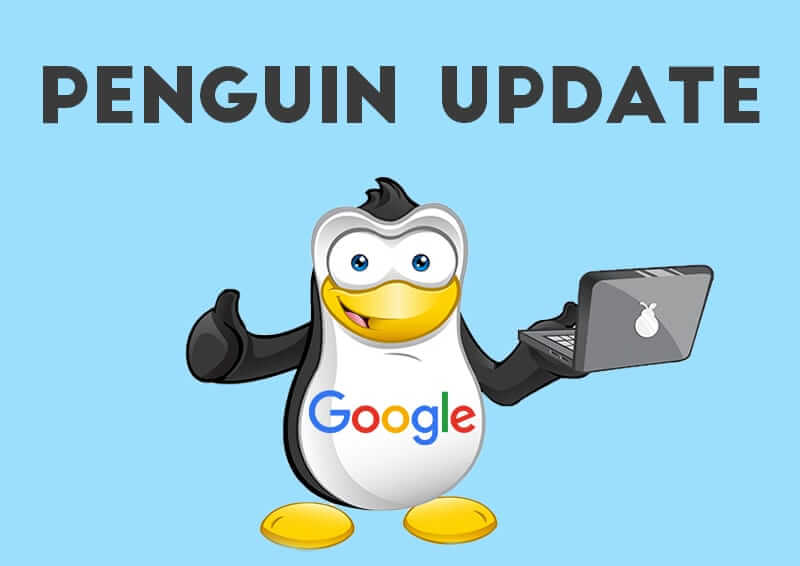
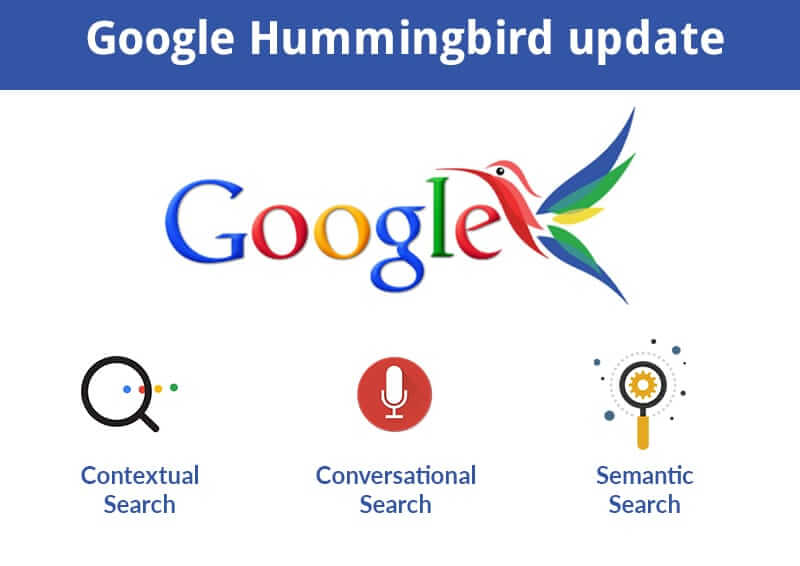
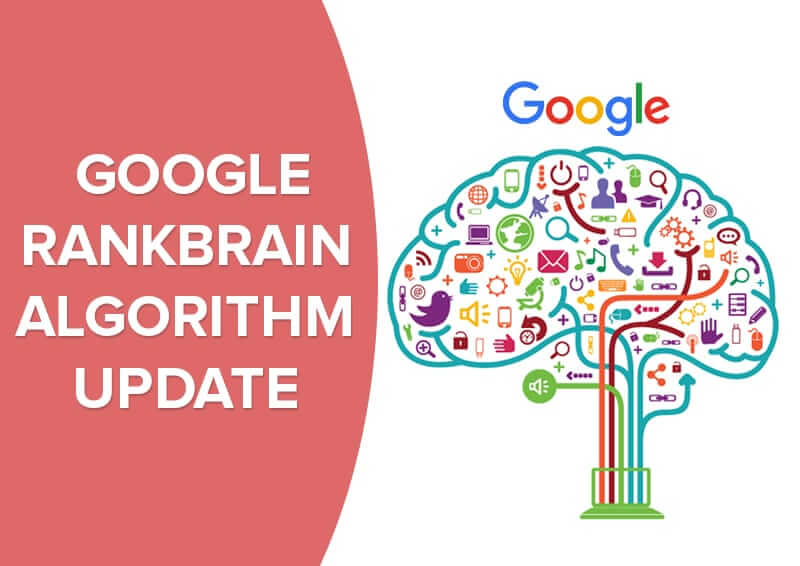
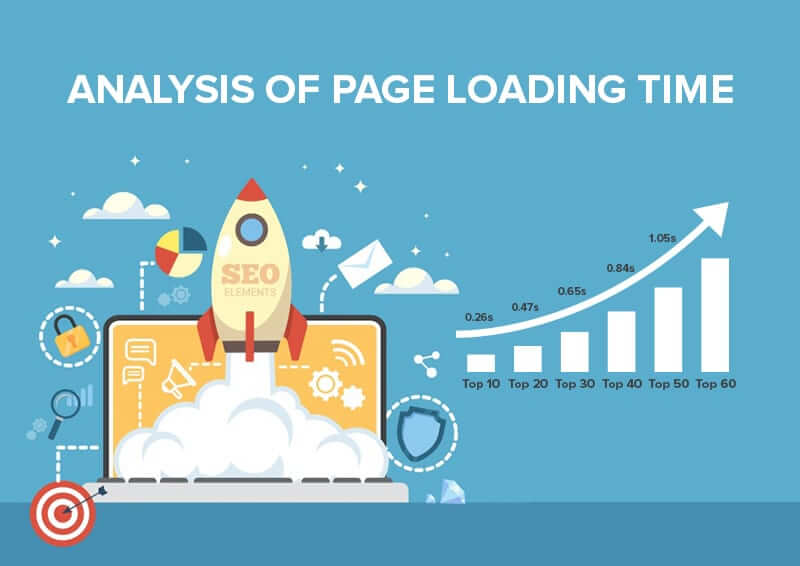



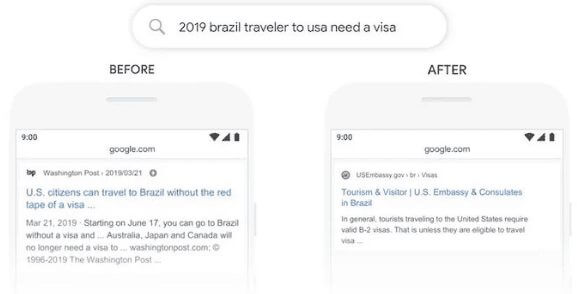
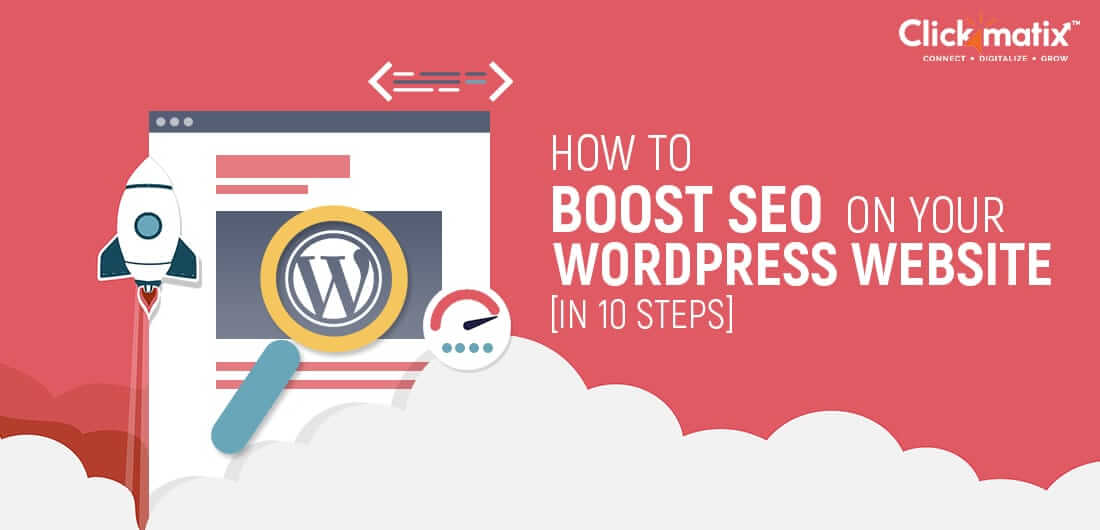



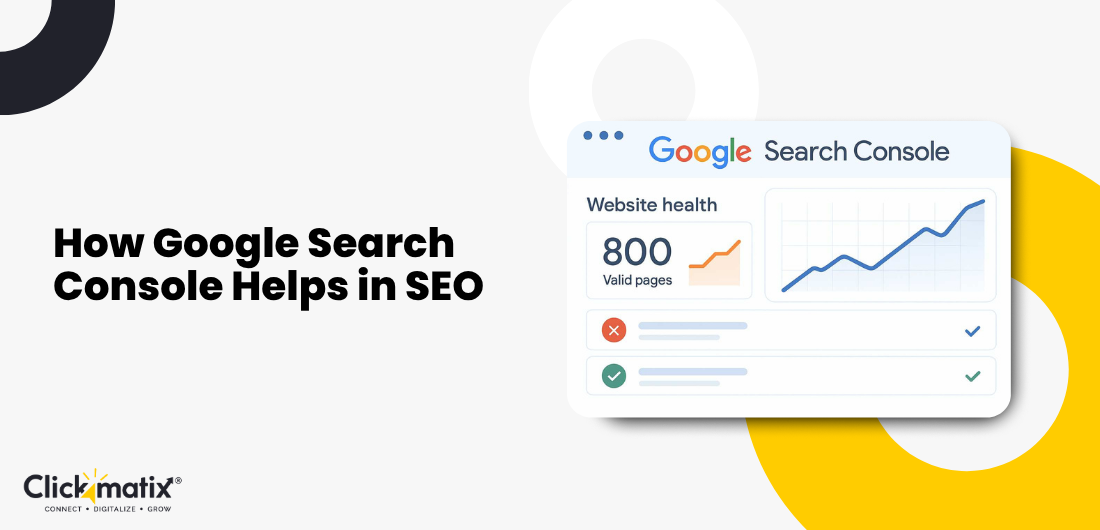
 Australian Owned Agency
Australian Owned Agency Save Time and Money
Save Time and Money Unbeatable Value
Unbeatable Value Where Work Gets Done
Where Work Gets Done